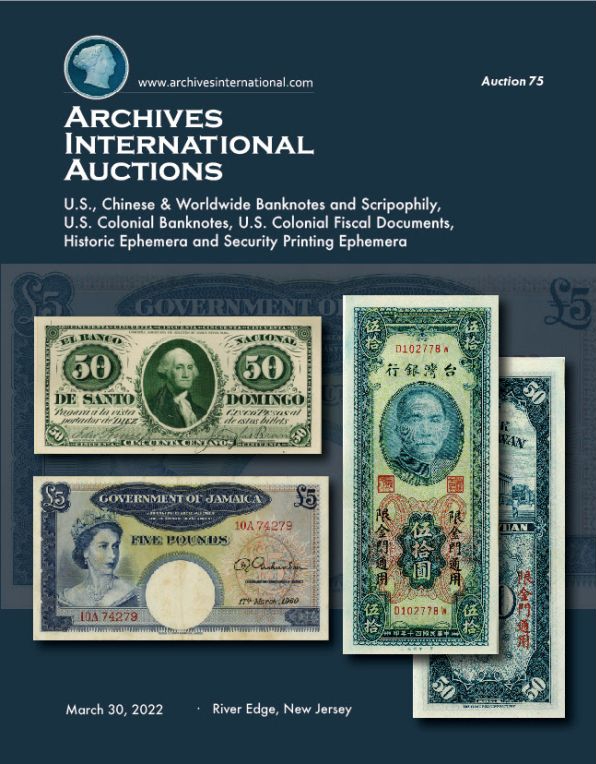
PREV ARTICLE
NEXT ARTICLE
FULL ISSUE
PREV FULL ISSUE
V25 2022 INDEX E-SYLUM ARCHIVE VOCABULARY TERM: HUB, HOBHere's another entry from Dick Johnson's Encyclopedia of Coin and Medal Terminology. -Editor Hub, Hob. A die of positive relief used for making a working die or dies. Hubs are always the opposite relief of the striking die. They are a method of reproducing or trans- ferring a three-dimensional image from one hard surface into another. As such, hubs and hubbing are a method of producing working dies in quantity for long production runs, or an insurance that a new die can be easily made should any working die break. Hubs can be the entire design of one side of a coin or medal, or it can also be a portion of the design – as a portrait or device – and as such is similar to a puncheon. In diemaking, it is essential to understand a number of similar terms that are closely related to hubs. It thusly becomes necessary to understand these in the numismatic field as well. (Each of these terms has its own entry in this encyclopedia for further detail):
Hub and Die Terms
Master Die – A die from which other dies or hubs may be made (it can be either positive or negative). Patrix – A hub; that from which a matrix is made; it is always positive with convex or raised relief similar to the final struck piece. Matrix – A die for use in striking; it is always negative with concave or incised relief. Transfer Die – An intermediate die, copying relief design to be sunk into a working die as a later step. Punch, Puncheon – A portion of the total design from a simple letter to the entire device in raised or positive relief. Cameo Die – A die cut or carved in the positive from which working dies would be made (by two steps of hubbing). Portrait Die – Die bearing a portrait – usually positive – to be sunk into a working die with lettering and ornamentation (if any) to be added later. Reduction Punch – A punch cut on a die-engraving pantograph of a portion of the total design, usually the device alone. Hubs are made in any of several ways: they can be hand engraved (working in the positive, as a cameo die), they can be pantographically cut (from a positive hub shell), or they can be hubbed from any negative die (as a master die). Hubs are always positive and look like the ultimate piece they are intended to reproduce. The first use of the term, in 1851, was hob (rhymes with rob) and for the most part this is the term still in use in Great Britain. Americans, however, have come to prefer hub (rhymes with rub) and hubbing (both in spelling and pronunciation) although some oldtimers still use the earlier form, hobbing. (Hob and hobbing is the name of the process for cutting worm gears in gear manufacturing so perhaps it is useful to reserve hub and hubbing for diesinking.) The purpose of any hub is to create a striking or working die and this is always done by hubbing (see next entry). There is only one item in which the hub would be used for striking, to create a signet medal (which would have negative relief to form positive sealing wax impressions).
To read the complete entry on the Newman Numismatic Portal, see:
Wayne Homren, Editor The Numismatic Bibliomania Society is a non-profit organization promoting numismatic literature. See our web site at coinbooks.org. To submit items for publication in The E-Sylum, write to the Editor at this address: whomren@gmail.com To subscribe go to: https://my.binhost.com/lists/listinfo/esylum All Rights Reserved. NBS Home Page Contact the NBS webmaster 
|
